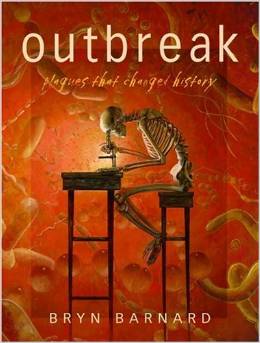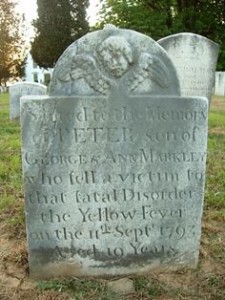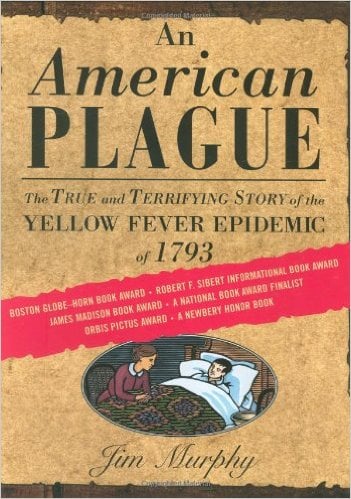#thethingsidoforlove
Yes, a Thursday night in August, not many days until I start back, though I haven’t really stopped. One week of a writing workshop class, and in the middle of two weeks of a Common Core ELA/SS exploration course, both at University of Washington through PSWP. This involves waking up at 5AM, meeting two colleagues in our work parking lot by 7AM, and spending many hours in a stuffy, fluorescent-lit room–but wouldn’t trade it for anything. Well, okay maybe a sandy beach and swimming-pool sized adult beverages, but other than that…meeting new colleagues and refining work and pedagogical know-how–pretty cool stuff.
So in an effort to refocus my energies to 7th grade US History, I am thinking about the role of disease in our history. When asked what things affect the course of events, most folks would answer war, religion, change of power, etc. To me, disease may not be a direct conflict, but it is a formidable catalyst. Our own nation’s relationship with disease and health/medical access, treatment, and prevention is essential to analyze and seek to understand.
Some essential questions may include:
What role does disease play in how America grew as a nation? What effects or consequences had a larger impact?
What is the role of medicine and health care in American’s growth as a nation? Who has access to medical treatment, and how does that create differences or similarities among its people?
Who takes care of the sick and dying? What misconceptions about health do continued harm? Are we past those misconceptions today with healthcare?
If you think of something that piques your interest, my esteemed colleagues, please comment.
Historical Fiction:
Non-Fictional Media and Texts:
1793: Yellow Fever Breaks Out in Philadelphia–History Channel
Fever 1793 Philadelphia: The Great Experiment
Could Yellow Fever Return to the United States? from the Public Library of Science
Now, which to read first, the non-fiction or historical fiction? Of course this brings up other major epidemics we have feared, faced, or flee from: small pox, polio, ebola–and the questions about the ‘anti vaccers’ in our nation’s dialogue – what would they have thought if they lived in Philadelphia in 1793? How does historical presence affect one’s opinion?
Also: Add Outbreak! by Bryn Barnard — Yellow Fever changed the shape of slavery–more to follow.

Immersive Gaming: http://ww2.kqed.org/mindshift/2015/08/07/can-an-immersive-video-game-teach-the-nuances-of-american-history/





I added a book called “Outbreak!” by Bryn Barnard — this has been fascinating for me – glad you like these resources! If there is a unit of study you’re working on, I always like to find good resources!
I’m just wanting to say hello and let you know that I’m loving all the resources you are sharing. Keep up the amazing work!